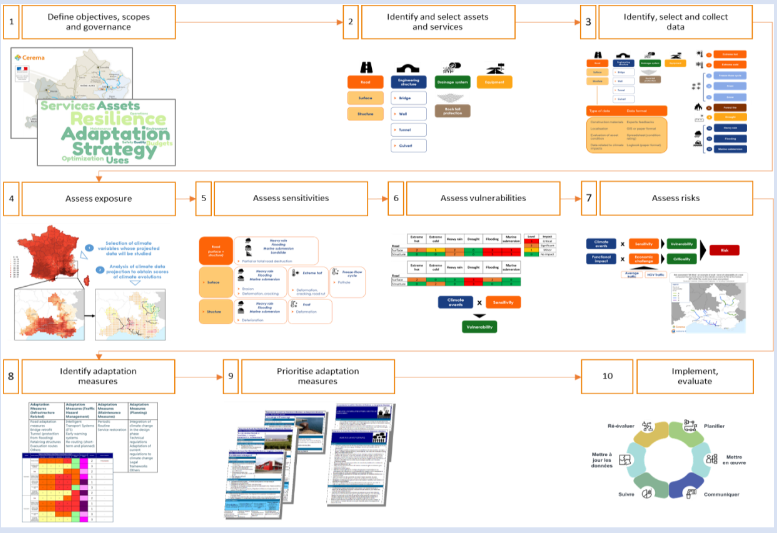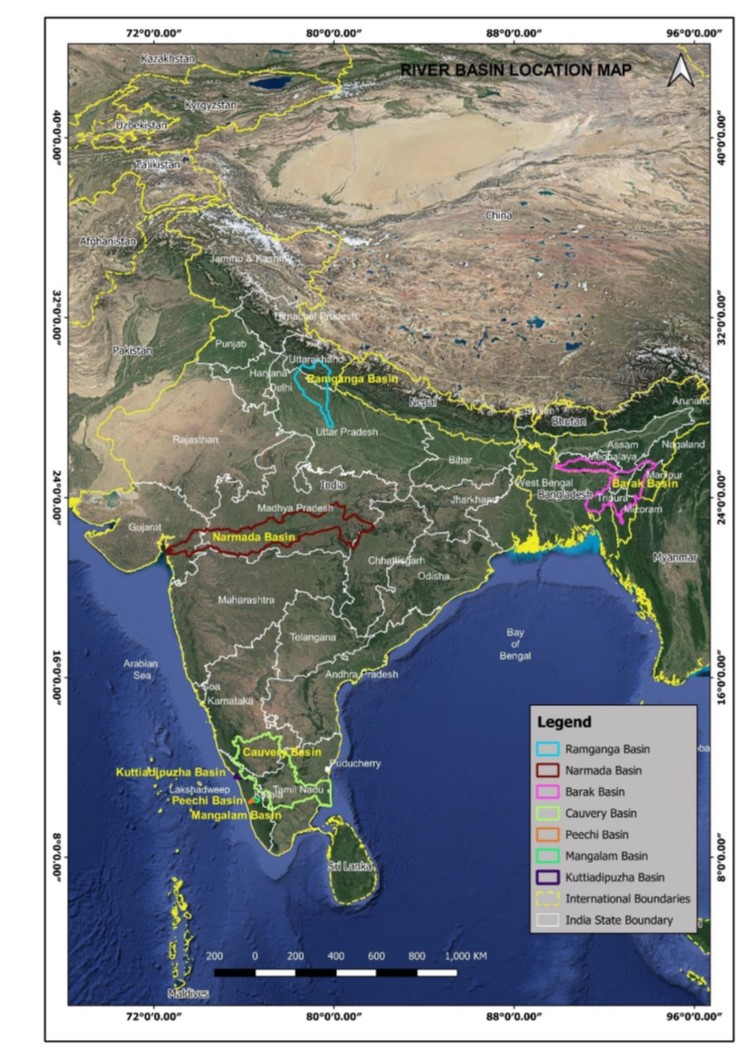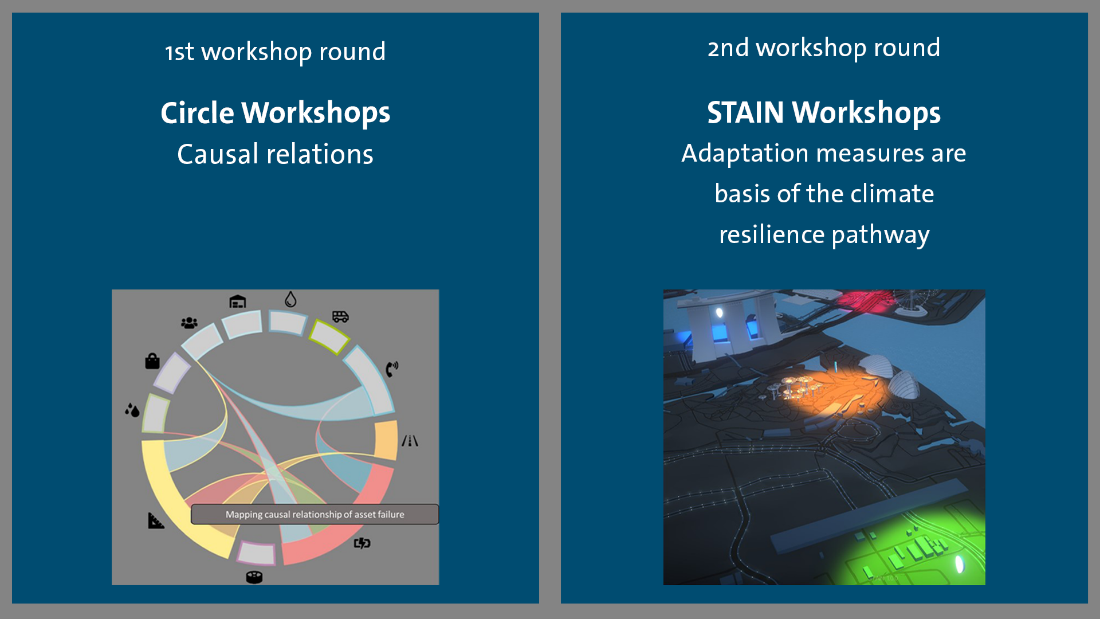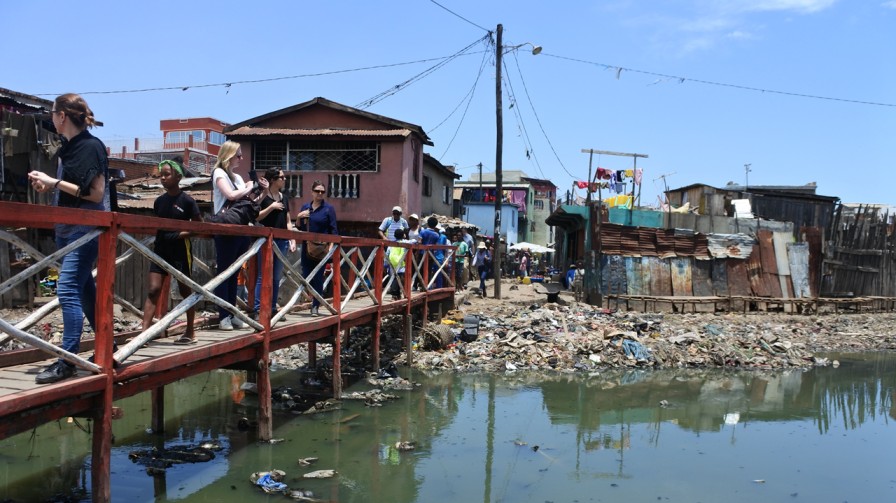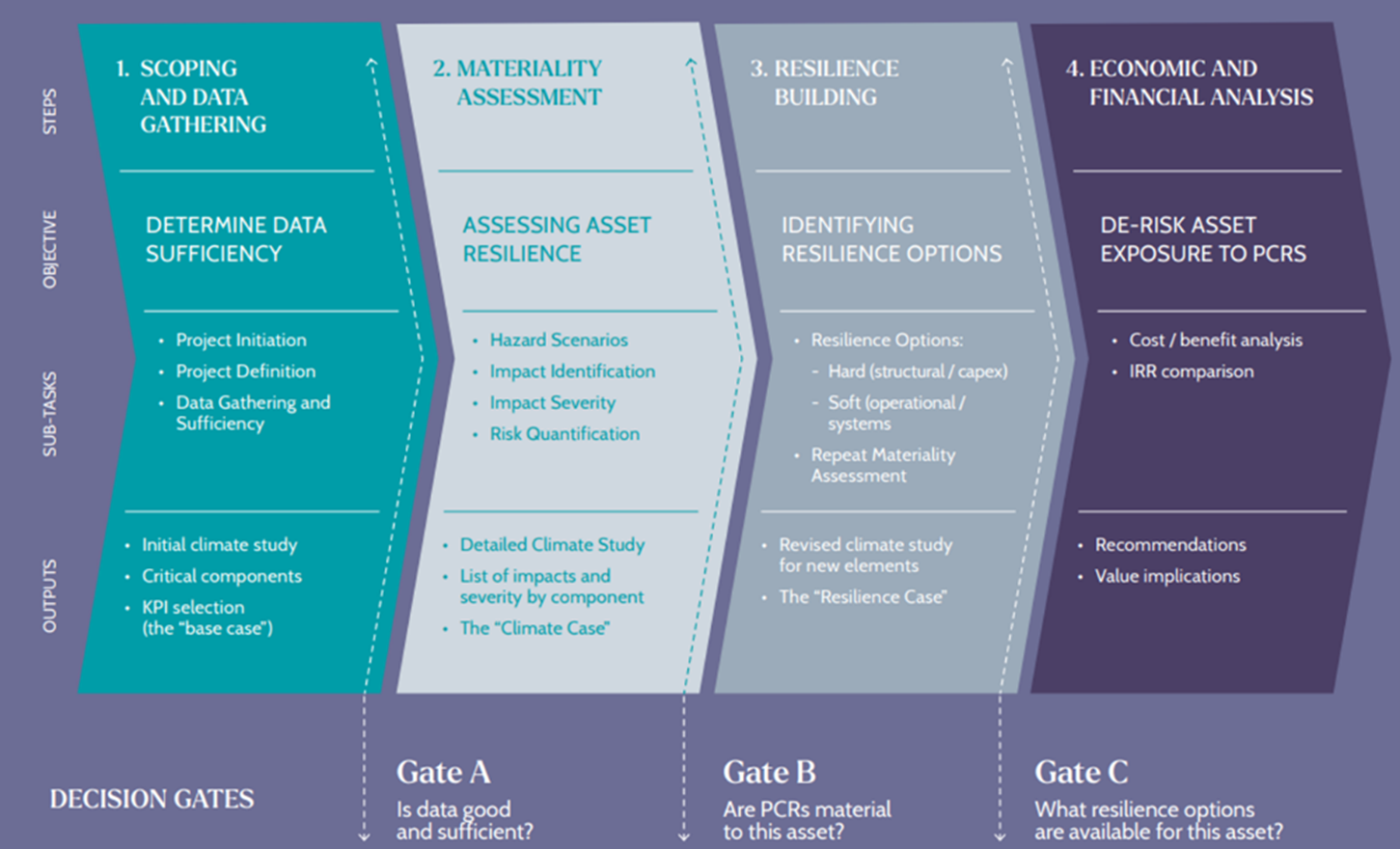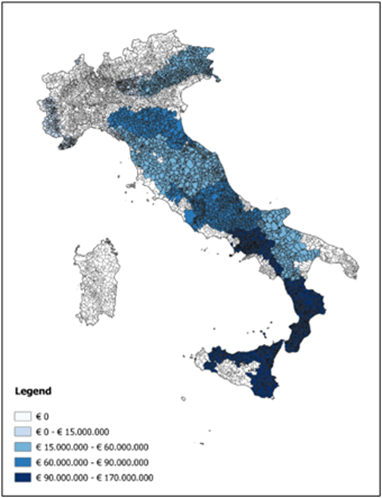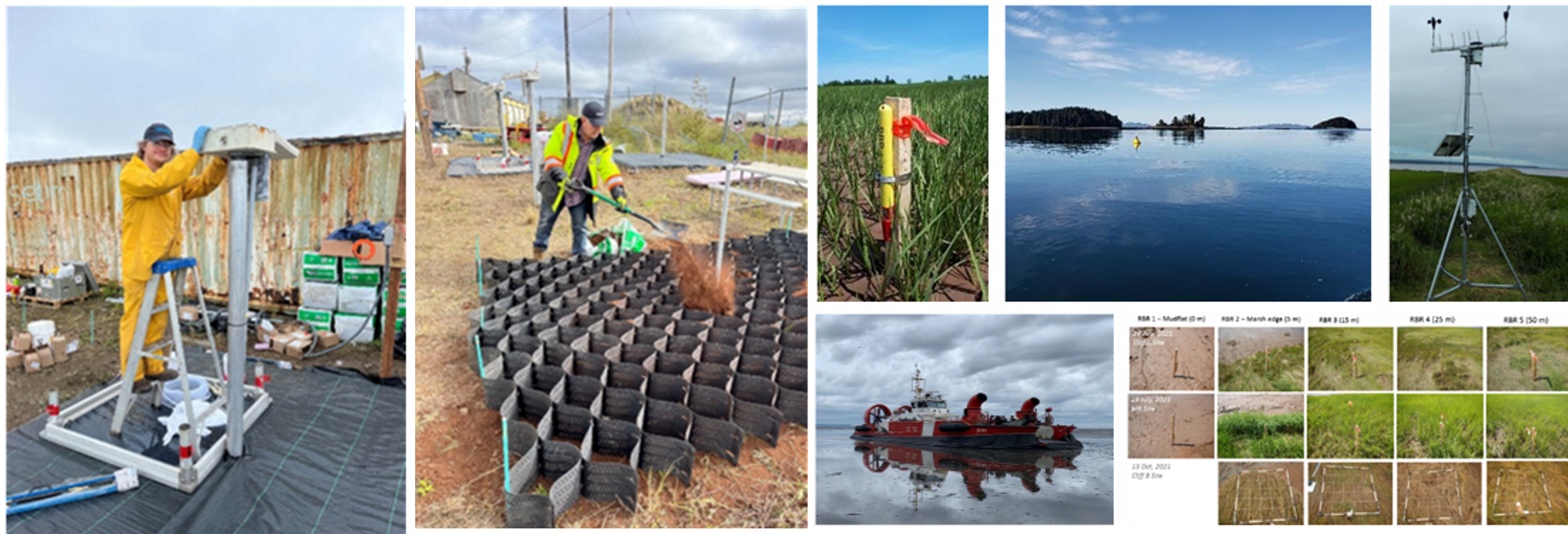The Asian Development Bank’s Operational Priority 3: Tackling Climate Change, Building Climate and Disaster Resilience, and Enhancing Environmental Sustainability sets out an approach to enhance the physical, eco-based, financial, social, and institutional resilience of Developing Member Countries.
ADB projects seek to build resilience in one or multiple following areas. The present project adhered to these broader guiding principles.
- Physical Resilience: Assessment and mapping of climate vulnerability, including extreme weather, was undertaken to identify risks, inform hazard maps, and prioritize resilience solutions. Seasonal flood risk was addressed by upgrading and strengthening paving and constructing water retention ponds.
- Eco-Based Resilience: The project delivered green road corridors to build flood and drought resilience by increasing green cover, flood water infiltration, and water retention capacities. The project also implemented widespread planning of climate adaptive trees and grasses.
-
Social and Institutional Resilience: The project provided capacity building on climate and disaster risk informed asset management and emergency management planning for rural roads to the Ministry of Rural Development. It piloted the use of climate monitoring systems to improve road management and maintenance, responding to challenges of increased seasonal variability.
The project included a community-based road maintenance program that trained 100,000 villagers on road safety awareness, established a provincial Emergency Operations Center, three village flood shelters, and refurbished an Emergency Information Centre. Safety school zones were constructed, and 26,000 students were trained in road safety. The implementation of safety school zone helped reduce accidents near schools and promoted participation of teachers, students, and the local community in road safety. The project also trained women on road construction and maintenance and provided them equal access to jobs offered under the project, such as truck monitoring, and road measurement and maintenance.
At completion of the first phase in 2016, the project achieved the following: (a) rehabilitated 545.3 km of rural roads in eight provinces; (b) reduced, by 50%, the violations of overloaded trucks in the project provinces, mainly by the installation of overload control gates; (c) improved the average roughness of project roads (from 6–14 to 2–3); (d) increased annual operation and maintenance budget for project roads from $275 per km to $320 per km; (e) facilitated potential accreditation by the Ministry of Rural Development of 10 small-scale road contractors; and (f) developed an emergency management system for rural roads and constructed one emergency operation center and three shelters in the most vulnerable location in Kampong Thom Province to which all residents at risk can be evacuated within 72 hours after a typhoon occurs.








